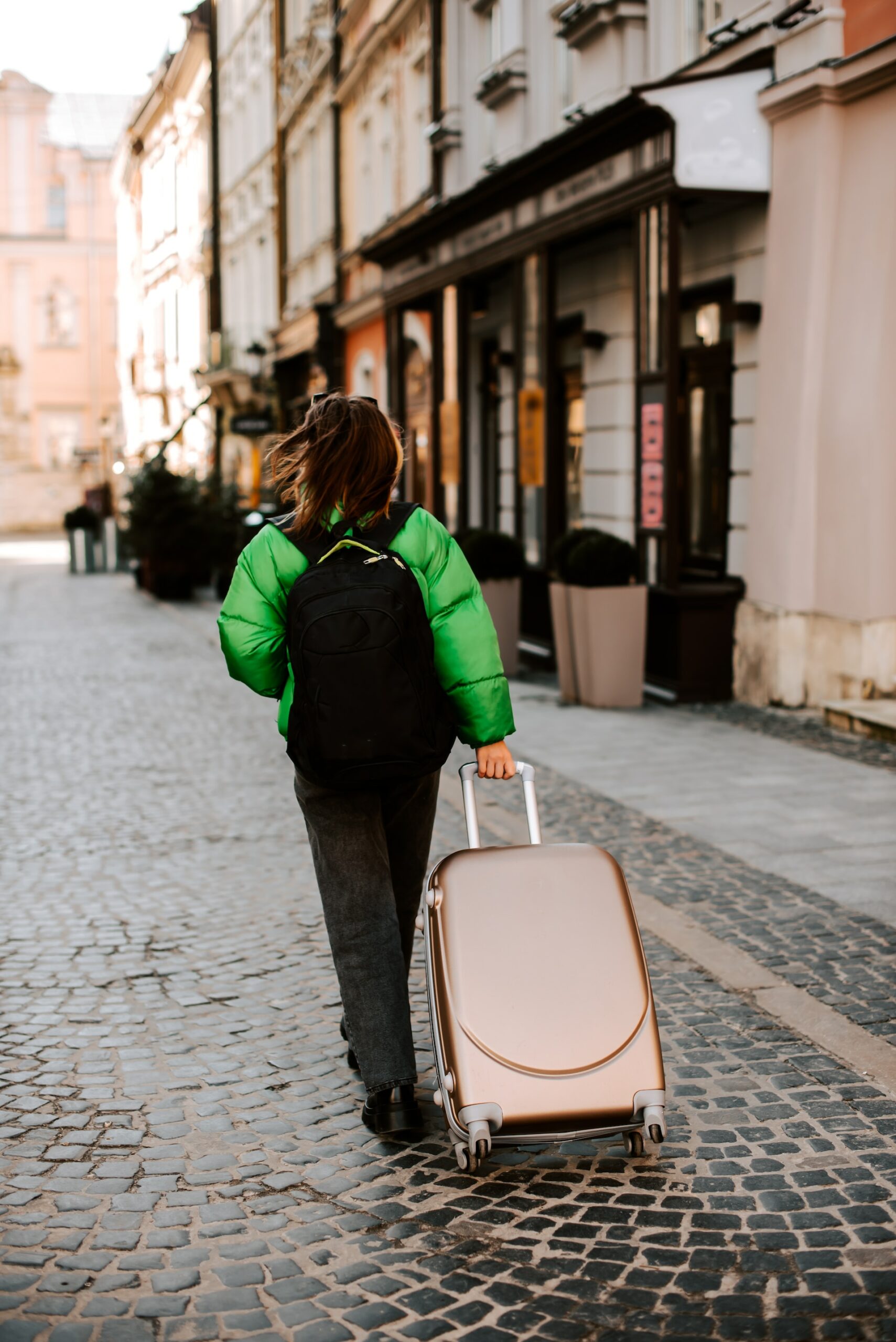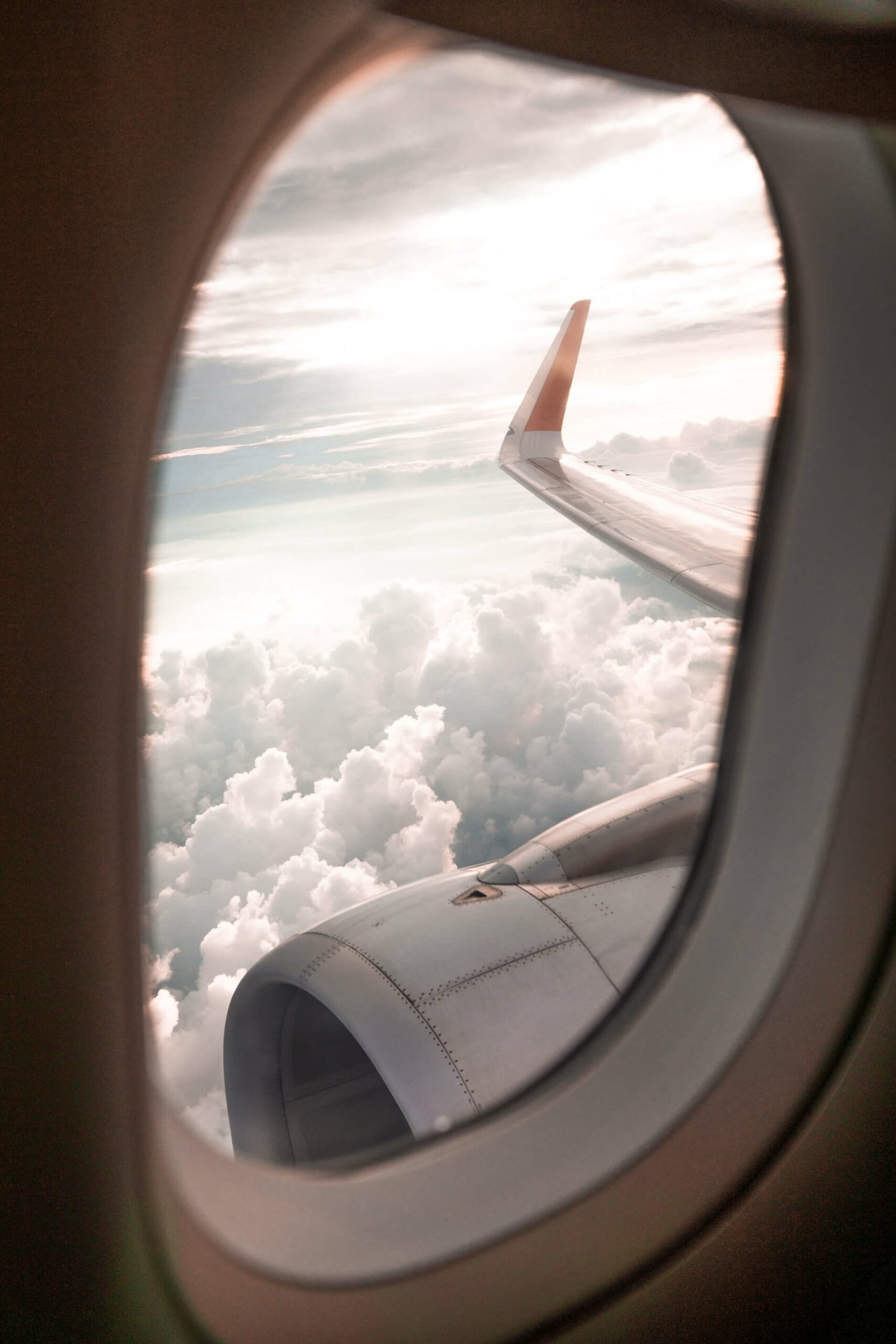
When it comes to air travel, nothing is more frustrating than dealing with overbooking or delays that can derail your vacation plans. To help you enjoy a smoother, more hassle-free journey, I’m sharing my top tips for choosing the best times of day to fly, based on my own experience and industry knowledge.
1. Early Morning Flights: The Early Bird Gets the Worm
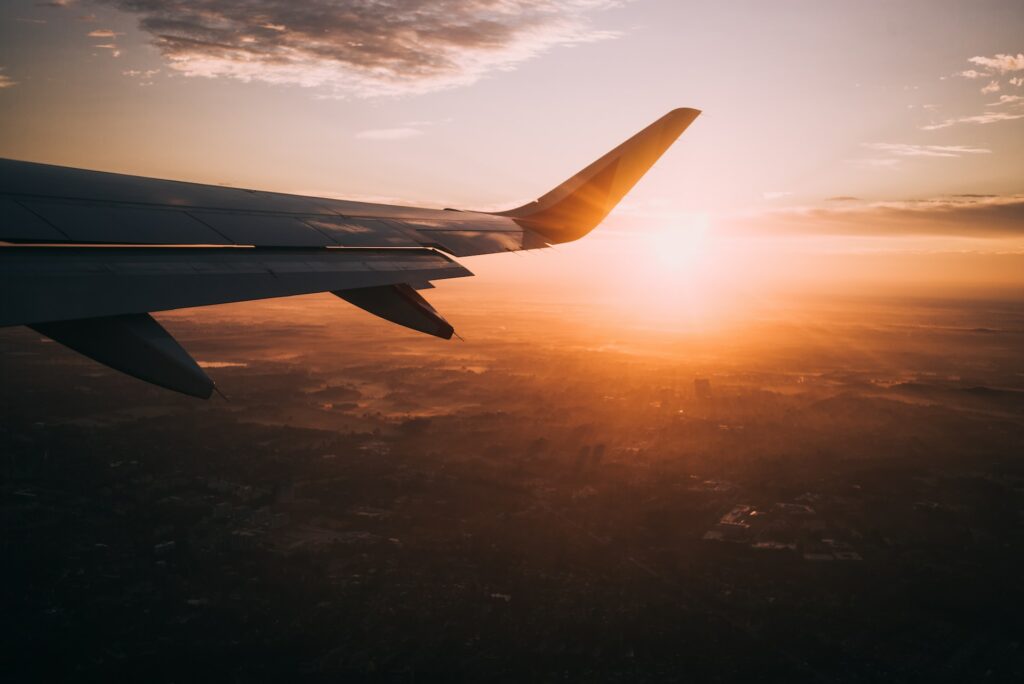
In my experience, early morning flights are the best bet for avoiding overbooking and delays. Most airlines begin their daily operations with planes that have been parked overnight, so they’re more likely to be on schedule. Plus, airports are generally less congested in the early hours, which means shorter security lines and a more relaxed atmosphere.
2. Midday Departures: A Calmer Travel Experience
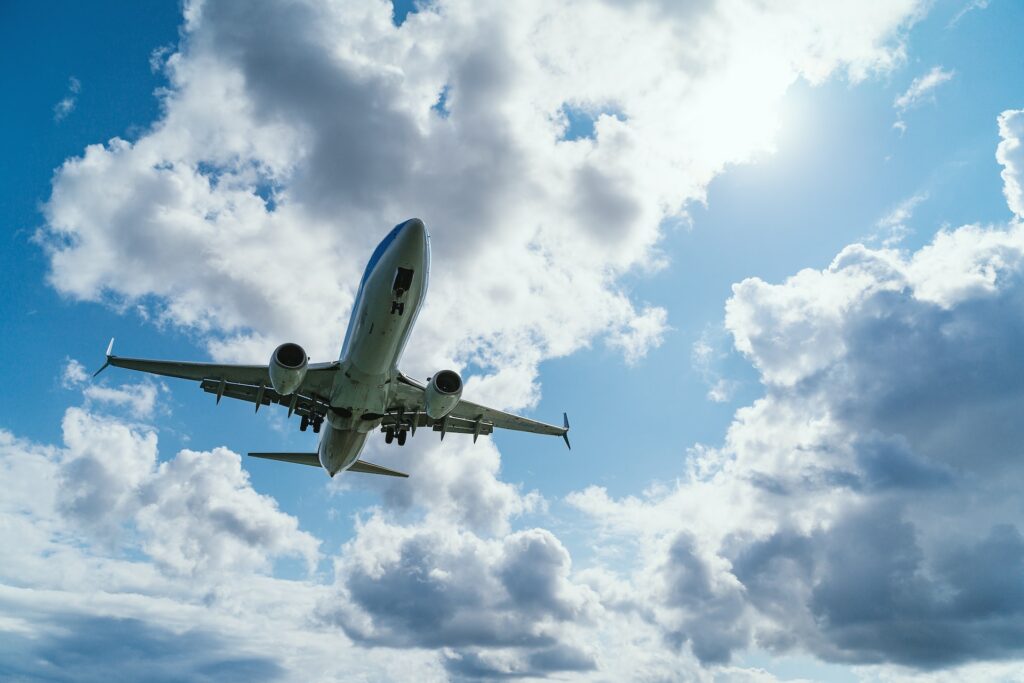
Midday flights, typically between 10 am and 2 pm, can also be a good option for avoiding delays. While there’s no guarantee, airports are often less hectic during these hours compared to the late afternoon rush. Additionally, the chances of overbooking may be lower, as many business travelers prefer early morning or late afternoon flights.
3. Late Night Red-Eye Flights: A Quieter Option
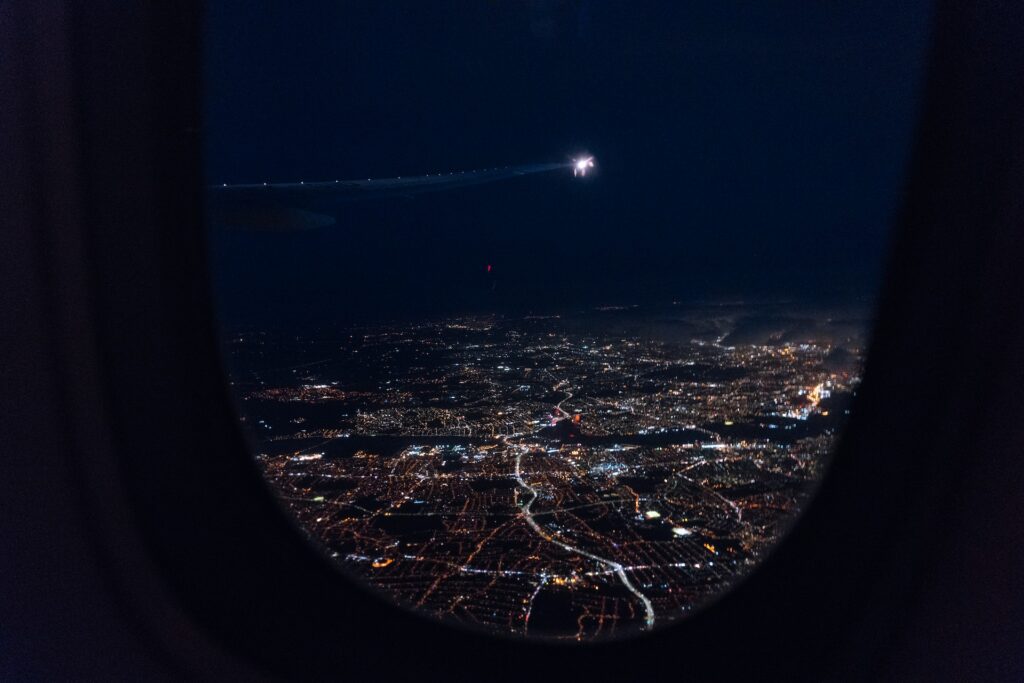
If you don’t mind flying overnight, red-eye flights can be another great option for avoiding overbooking and delays. Airports are generally less busy late at night, which means fewer potential issues with congestion and a smoother overall travel experience. Plus, you might be able to snag a better deal on airfare, as red-eye flights tend to be less popular.
4. Weekday Flights: Sidestep the Weekend Crowds
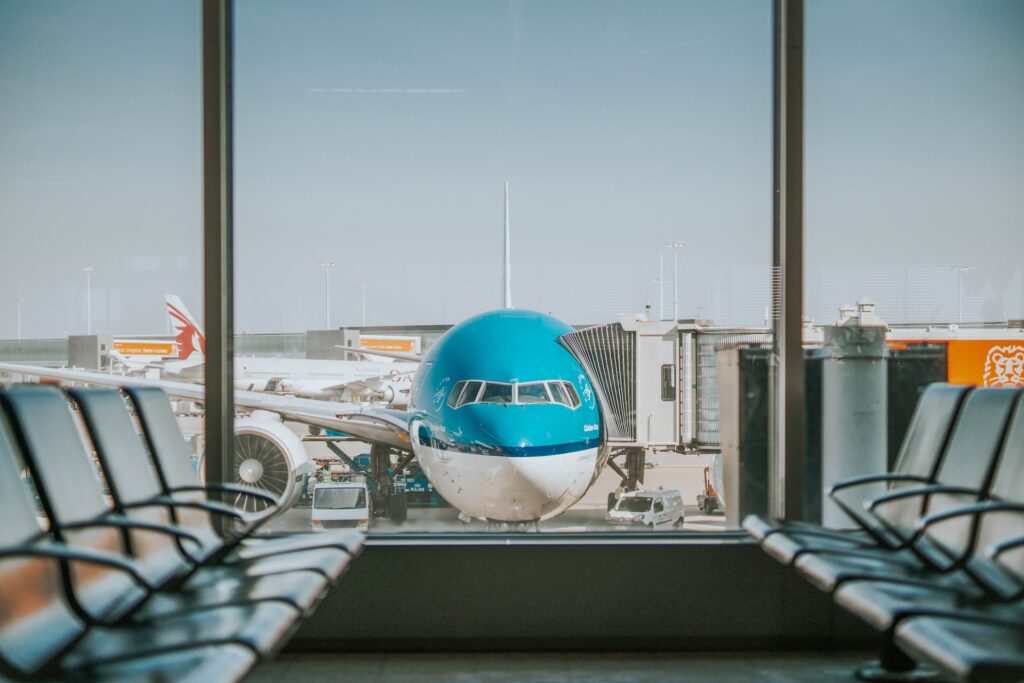
Flying on weekdays, particularly Tuesdays and Wednesdays, can also help you avoid overbooking and delays. Airports are usually busier on weekends, with leisure travelers and vacationers adding to the crowds. By flying during the week, you’ll not only have a better chance of avoiding delays but also potentially enjoy lower airfares.
5. Off-Peak Travel Seasons: Fewer Delays, More Savings
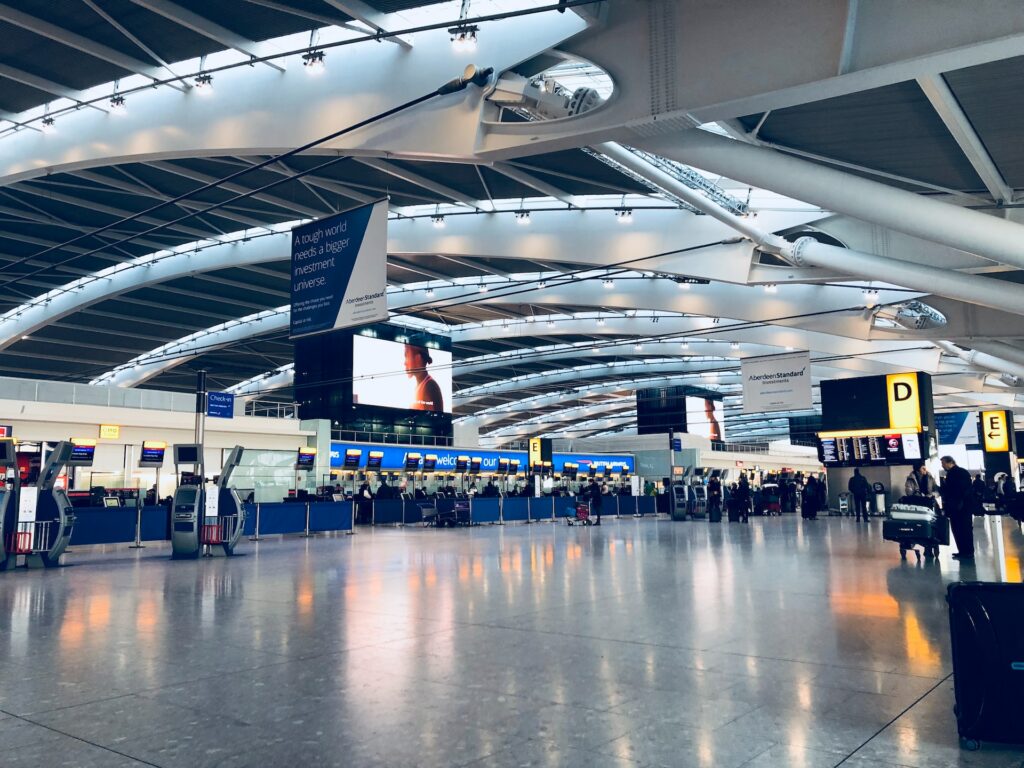
Finally, consider flying during off-peak travel seasons to avoid overbooking and delays. Summer and holidays are peak times for air travel, which means more crowded airports and a higher likelihood of delays. By traveling during the shoulder seasons, such as late spring or early fall, you’ll likely experience fewer delays and snag better deals on flights and accommodations.
While there’s no foolproof way to avoid overbooking and delays entirely, flying at the best times of day can certainly help minimize potential issues. By choosing early morning, midday, or late-night flights and traveling on weekdays during off-peak seasons, you’ll have a better chance of enjoying a smoother, more relaxed journey. Happy travels!








